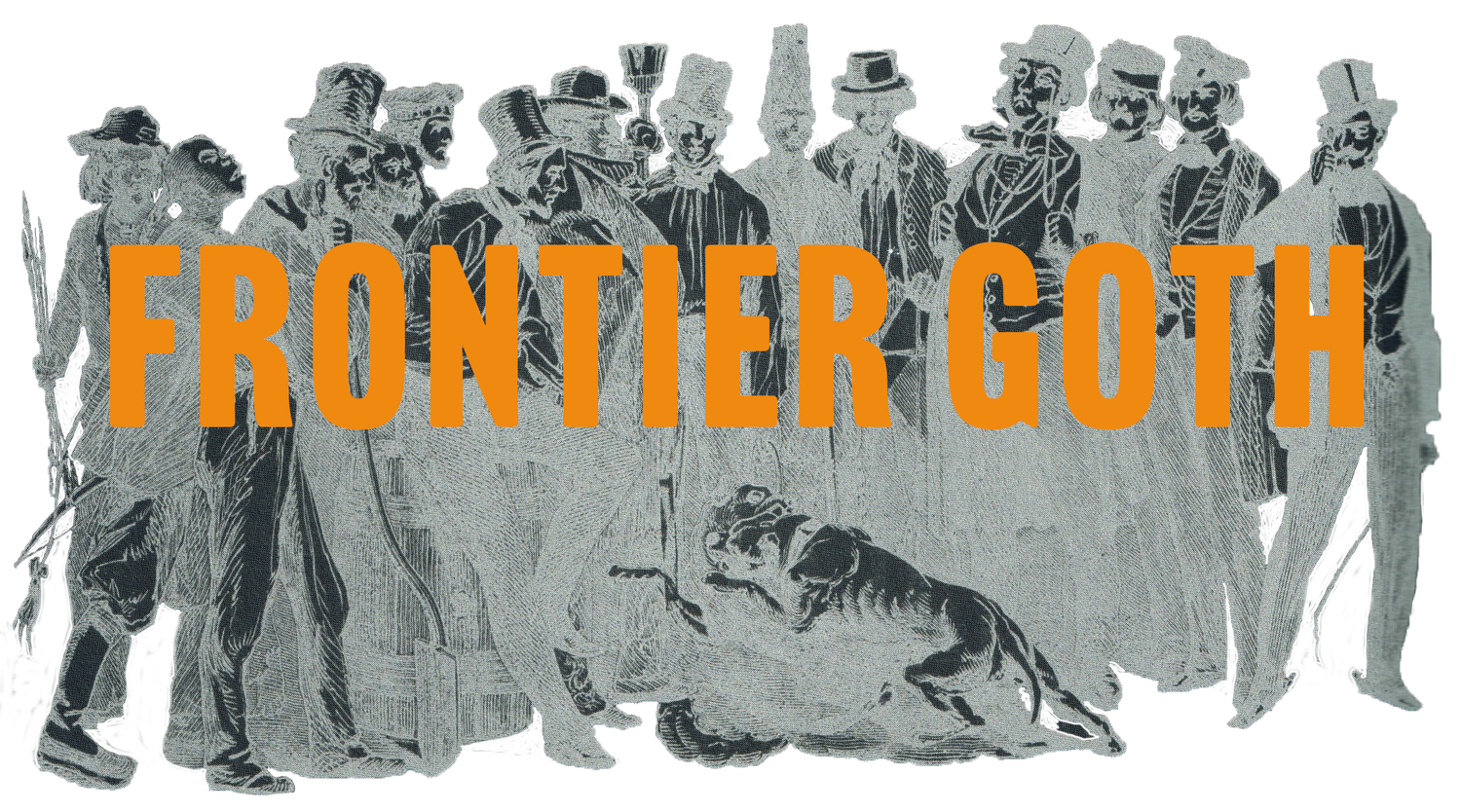Seeing Like A State by James C. Scott
“State simplifications can be considered part of an ongoing ‘project of legibility,’ a project that is never fully realized. The data from which such simplifications arise are, to varying degrees, riddled with inaccuracies, omissions, faulty aggregations, fraud, negligence, political distortion, and so on. A project of legibility is immanent in any statecraft that aims at manipulating society, but it is undermined by intrastate rivalries, technical obstacles, and, above all, the resistance of its subjects.”
&
”The aspiration to such uniformity and order alerts us to the fact that modern statecraft is largely a project of internal colonization, often glossed, as it is in imperial rhetoric, as a ‘civilizing mission.’ The builders of the modern nation-state do not merely describe, observe, and map; they strive to shape a people and landscape that will fit their techniques of observation.”
&
”In dictatorial settings where there is no effective way to assert another reality, fictitious facts-on-paper can often be made eventually to prevail on the ground, because it is on behalf of such pieces of paper that police and army are deployed.”
&
”High-modernist plans tend to ‘travel’ as an abbreviated visual image of efficiency that is less a scientific proposition to be tested than a quasi-religious faith in a visual sign or representation of order. As Jacobs suggested, they may substitute an apparent visual order for the real thing. The fact that they look right becomes more important than whether they work; or, better put, the assumption is that if the arrangement looks right, it will also, ipso facto, function well. The importance of such representations is manifested in a tendency to miniaturize, to create such microenvironments of apparent order as model villages, demonstration projects, new capitals, and so on.”
-James C. Scott, 1998


